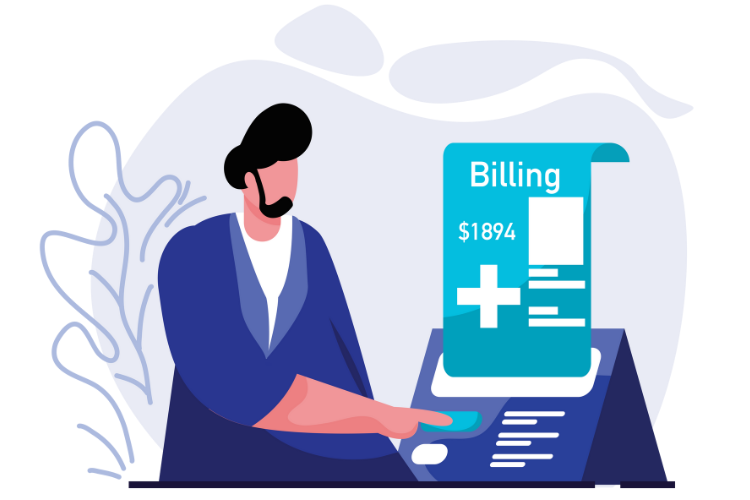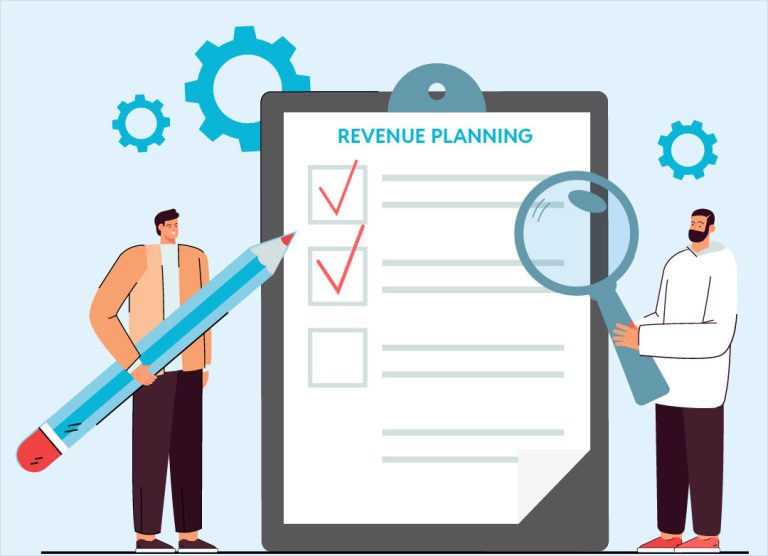Blogs
The Ultimate Cardiology Medical Billing Guide
Today’s Healthcare organizations need to ensure every aspect of
Ambulatory Surgery Center (ASC) Billing Guidelines
The healthcare industry plays a crucial role in our
What Is Charge Capture? A Physician’s Guide
A healthcare practice’s success ultimately hinges on many interconnected
Radiology Billing Guide for Medical Practices
It truly is remarkable how something as simple as
Health Insurance Verification Tips for Medical Practices
Verifying medical insurance is an essential healthcare process that
External Factors Affecting Your Medical Billing
Healthcare business revenue is not only affected by internal
OB/GYN Medical Billing: Overcoming Complexities
The financial burden of running an OB/GYN practice is
Everything To Know About Anesthesia Medical Billing
Providing top-notch patient care involves various aspects that healthcare
Medical Billing Guide For Healthcare Providers & Practices
For healthcare providers, managing the revenue cycle becomes all-the-more

































